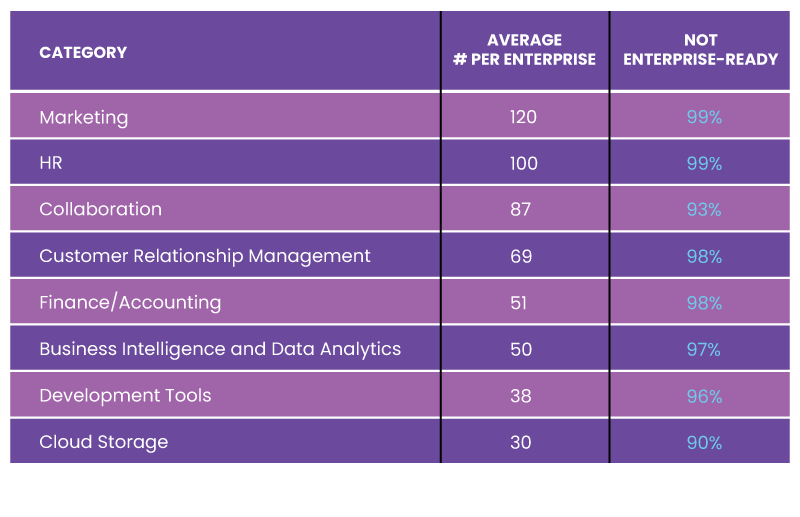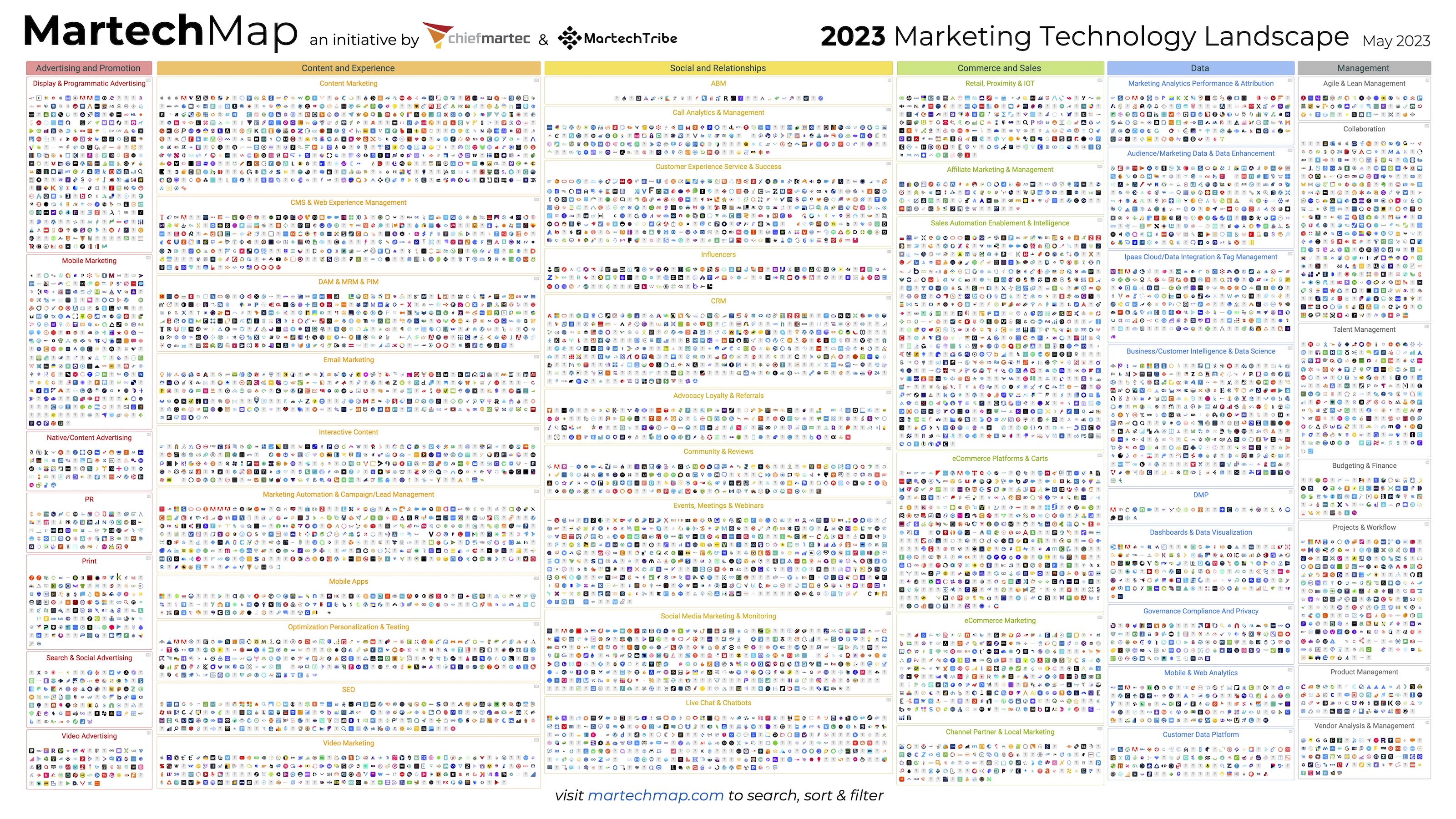More than two thirds of CMO say they lack the budget to execute strategy in 2023 according to a Gartner CMO Spending Survey in North America & Europe. CMO’s have also seen technology investments tumble into new lows with utilization rates falling from 58% in 2020 to 42% in 2022.
No wonder seventy-five percent of CMOs are facing increased pressure to “do more with less” to deliver profitable growth in 2023. Because of this, 86% of marketers said they must make significant changes to how the marketing function works to achieve sustainable results.
What can your marketing function do to achieve your goals? Read on.
The Gartner report also reveals that martech continues to get the largest portion of the smaller spend but much of it is earmarked for the shiny new toys in the sandbox, like Generative AI. (Incidentally, Search advertising, the old war horse for lead generation, was identified by the most respondents as slated to receive decreased investments).
The martech frankenstack keeps multiplying
On May 2 this year, branded as International Martech Day, Scott Brinker aka @ChiefMartec unveiled the latest edition of his marketing technology landscape. From 9,932 last year, the total number of solutions in the landscape has grown to 11,038. This represents something like a 7,000% growth in the space over the last 12 years.
The tech stack data available from that last available industry report- Netskope’s 2019 Cloud Report shows that the average enterprise is using 1,295 cloud services — a number that keeps rising, year over year.
Of these. marktech services rule the roost. How did we get here in an era of agile?

The Evolution of Bloat
Over the past decade and more, companies have scaled at an unprecedented pace. The holy grail of Digital Transformation has also meant that every CMO and business leader with a budget has brought in martech to drive growth and achieve targets, with a lack of clarity on how the tech fits into the larger stack.
Subscriptions often start small and at the basic tier and seem “reasonable, but over time more users and new stand alone software and plug-ins get added on, leading to exploding spends. Add to this, the sunk-cost fallacy that more tech is always better, and you find a large bloated tangle of software grafted on an unwieldy tech stack. With time, the original evangelists have moved on, and there is just a legacy culture of this is how we’ve been doing it.
What’s more, there are organizational challenges such as security and compliance in an age of GPDR and data privacy, as every tool has access to critical customer data. More tools also result in a usability tangle as different sets of leaders need to be given user and viewer access It’s time to reboot, and do more with less.
It’s not just about evaluating subscription costs but standing back and looking at the big picture systematically.
Martech stacks typically consist of the following types
- Advertising and Promotion
- Content and Experience
- Social and Relationships ABM
- Commerce and Sales
- Data
- Management
Step 1: Audit & Assess
As a first step, it’s best to create a cross functional team along with an independent martech consultant for an unbiased outlook, to audit business requirements, existing softwares as well as team capabilities and skill gaps.
This will help capture business goals and deliverables, identify functional overlaps among martech tools and under utilization, and find mismatches between user skills and the martech.
Assessing your current system architecture and platforms enables you to not just optimize the current stack in terms of identifying data silos but also plan a roadmap for the future.
Step 2: Evaluate & Integrate
Once you have all the information in place, it’s time for an in depth evaluation of each aspect of the stack at two levels–relevance and performance as per the business owners, and ease of use and value as per the actual users.
Research shows that the biggest priority for marketers is not cutting out subscriptions but integrating existing ones. To achieve better utilization and customer insight marketers need to look beyond native integrations and focus on API connections between their tools. Tech capability both inhouse and of partners plays a crucial role.
The future belongs to organizations where technology can be fluidly mapped to the process and not the slow traditional era of bolting technology piece by piece to each step of your process.
Step 3: Eliminate & Optimize
Having relooked your data and systems architecture and put in place the gears to achieve better utilization and integrations,you can now look at the tools that are redundant both from an impact perspective and from a user pain point point of view. This will not just cut cost but also achieve better productivity from teams that are stretched to the limit.
Taming the martech frankenstackwill deliver not just budget savings, it will also enable your marketing organization to embrace paradigm shifts such as generative AI and composability. Don’t let the tech define and drive your marketing organization. It’s time to take control.





